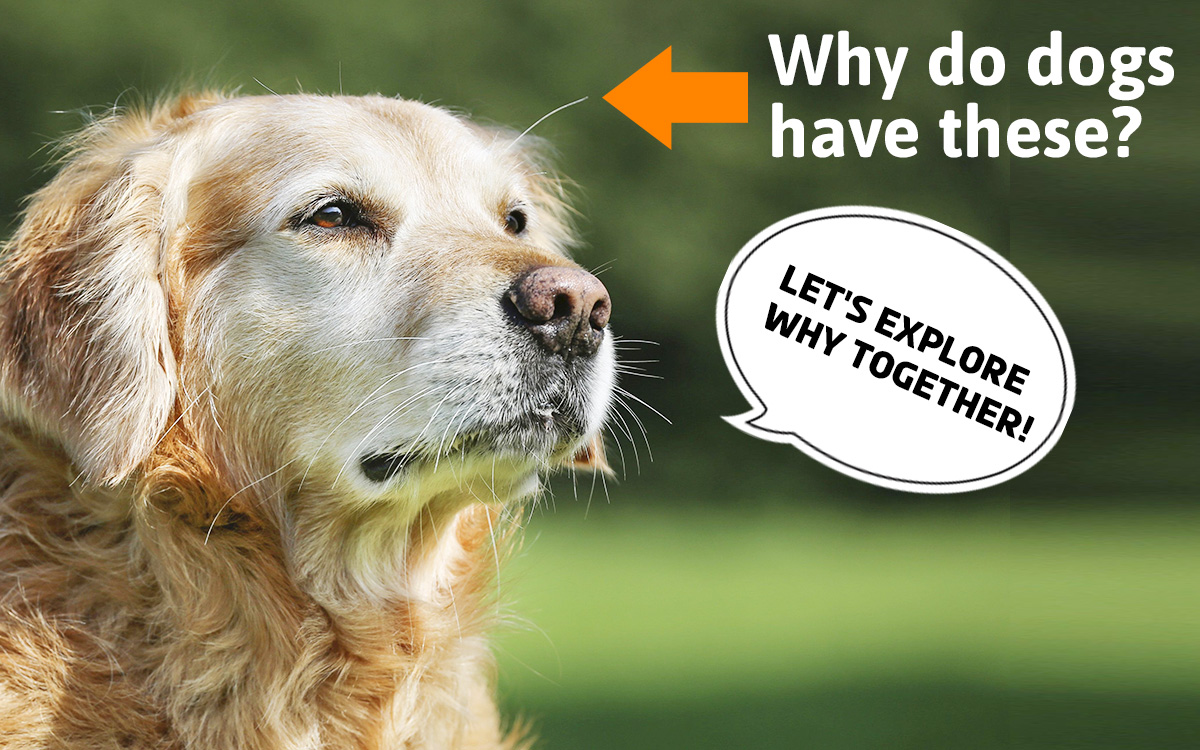Contents
Have you ever wondered why dogs have whiskers right above their eyebrows? Today, we uncover the secrets of a special facial feature that dogs possess – the mysterious whiskers that grace their eyebrows.
Eyebrow whiskers provide eye protection and enhanced perception
Above the eyes, dogs possess supraorbital vibrissae, commonly referred to as eyebrow whiskers. These whiskers are positioned just above the eyes and are equipped with specialized nerve endings that make them incredibly sensitive to touch and vibrations. This heightened sensitivity allows dogs to gather essential information about their immediate environment.

One of the primary functions of the eyebrow whiskers is to act like early-warning systems, helping dogs detect potential dangers to their eyes.
If a dog’s eyebrow whiskers come into contact with an object or obstacle, the sensation triggers a reflexive response that prompts them to close their eyes.
Another function of the eyebrow whiskers is to enhance dogs’ depth perception. By sensing changes in airflow and touch, these enable dogs to gauge distances accurately, especially in situations where their vision may be limited.
This allows dogs to skillfully maneuver through narrow spaces or precisely judge the height of an obstacle. It’s all thanks to their remarkable eyebrow whiskers!
Eyebrow whiskers are used for non verbal communication

Beyond their sensory marvels, eyebrow whiskers play a fascinating role in non-verbal communication among dogs. Dogs are highly social animals, and they rely on a variety of cues to express their emotions and intentions to their peers.
The position and movement of their eyebrow whiskers are significant components of this intricate communication system.
When dogs interact with one another, their eyebrow whiskers can convey a wide range of emotions. Raised eyebrow whiskers, for example, often indicate alertness and attentiveness. They signify that a dog is interested in its surroundings and actively processing information.
On the other hand, when a dog feels threatened or fearful, it may lower its eyebrow whiskers, conveying a defensive stance. These subtle movements and positions of the whiskers serve as vital cues for other dogs to interpret and respond accordingly.
Conclusion
While modern domesticated dogs may not be navigating dense forests or hunting for survival, it is part of their powerful sensory tool which continues to assist them in adapting to their surroundings while protecting their precious eyes.





